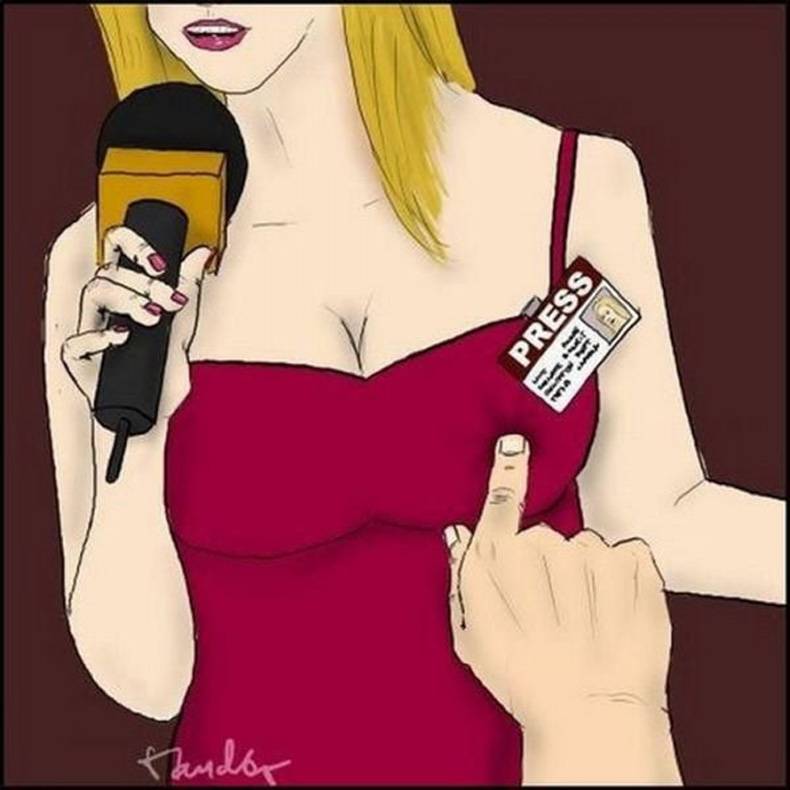When we found this informative article we were so excited, having searched for over one year for this, discovering it on this site was an thrilling day for yours truly.
Jawbone may now be best known for its UP wireless activity trackers and its Jambox speakers, but before anything else the San Francisco company was a force in the world of Bluetooth headsets. The new ERA is Jawbone’s (mostly) triumphant return to the ears of busy businessmen worldwide.
What Is It?
The Jawbone ERA is a small, powerful Bluetooth headset. It’s only 47mm long, 22mm wide and 13mm deep, and weighs only 6g. It has an internal rechargeable lithium-ion battery good for 4 hours of talk time or music playback, and a high quality noise cancelling microphone that promises clear and accurate voice calls even in loud environments.
For such a small device, the ERA is well-built. There’s no creaking plastic or microphonics when you’re wearing the wireless headset, and even at maximum volume on a bassy music track there’s no undue vibration or distortion from the ERA’s earpiece.
There are five main elements involved in the care and usage of the ERA. The first is the headset’s single visible switch — it’s on the inner face of the ERA, toggling from power off to hpower on — when you can see the blue half of the switch, the Bluetooth headset is turned on. Forwards from the power switch is a small, rubberised, cylindrical mole — this is a skin sensor that knows when you’re wearing the ERA and when you’re speaking, aiding the earpiece’s active noise cancellation.
Hidden away on the back of the Jawbone ERA is the headset’s sole multi-purpose button. The process for using said button is a little arcane — there’s a guide in the box, of course, but remembering just how many short or long presses to tap on the back of the ERA can sometimes be a little difficult.
To adjust the ERA’s audio output volume, for example, you press and hold the multi-purpose button as the headset cycles through various volume levels from minimum to maximum to minimum and so on; to answer or end a call is a single press, to skip audio tracks is a double press — it’s easy enough with practice, but slightly complex to initially learn.
At the end of the protuberance of the Jawbone ERA — the best word to describe the piece of the headset that juts forwards from its resting place in your ear — is its internal microphone. The microphone is hooked up to the rest of the ERA’s electronics package, and does an incredibly good job of clearly transmitting your voice to anyone you’re talking to.
The segment of the ERA that you’ll have the most interaction with, though, is its earpiece. It’s the misshapen lump protruding from the otherwise sleek body of the ERA, with a wide-band audio driver surrounded by a removable silicon eartip. Jawbone includes four different silicon eartip sizes in the ERA’s retail packaging — suitable for a small right ear, medium right ear, medium left, and large right. In practice we found both the small and medium right eartips to offer the best fit
The ERA is not a cheap headset. If you buy it without the charging case, you’re up for a full $149, while adding the charging case tacks another $30 onto the price tag. I genuinely think the charging case is a mandatory accessory — it does a great job of providing extra power to a headset that definitely needs it — but as an overall package the ERA is
very expensive.
What Is It Good At?
Just
using the Jawbone ERA is an enjoyable exercise straight out of the box. There’s that ever-present secret agent feel to pressing a button on your secret in-ear headset, and after you’ve learned the ropes, taking calls, playing and selecting music tracks is simple.
The active noise cancellation of Jawbone’s microphone — the company calls the entire package NoiseAssassin, now at version 3.0 in the new ERA — is excellent. For making voice calls, or talking to Siri or Google Now, it’s definitely the most capable Bluetooth microphone I’ve used, and is possibly the best headset microphone I’ve used full stop. Especially in noisy environments, the novel noise cancelling built into the body of the ERA works very well.
For the first few days of trialing the headset, everyone I talked to with the ERA noticed the difference in the clarity and quality of voice calls. When you’re talking, the ERA clearly transmits audio, and when you’re not, it doesn’t — simple as that. With the help of the skin sensor, the ERA’s noise cancellation removes one of the most annoying impediments to workday phone conversations in existence. If you and a friend both had Jawbone ERAs and smartphones hooked up to a mobile carrier that supported HD Voice, you’d be able to chat away in the middle of a hurricane.
Beyond transmitting voice and audio, the Jawbone ERA is equally good at playing it back. I haven’t heard previous Jawbone Bluetooth headsets to compare the ERA too, but Jawbone says its earphone driver is much improved, and I’m inclined to believe them — this is a tiny Bluetooth headset, but at maximum power it’s actually capable of outputting a decent amount of audio oopmh. Compare it to a good pair of earbuds or in-ear monitors (I sabotaged the ERA by trying it out against Logitech’s excellent UE 900 IEMs), and it isn’t great, but it beats out Apple’s iPhone earbuds any day.
There isn’t a great deal of bass extension from the Jawbone ERA’s earphone speaker driver, but both treble and mid-range detail is excellent — significantly better than I was expecting. Maximum volume isn’t exactly ear-splittingly loud, but it is good enough to hear the ERA in an otherwise noisy environment. Jawbone’s various audio cues — a sort of aural guide to the ERA’s various features as you select them — are presented in a pleasantly soothing female voice, although you can customise them usng Jawbone’s companion mobile app, which also adds some useful features to the ERA’s repertoire.
Jawbone’s ERA works well as part of the entire family of Jawbone products. The accompanying Jawbone app for both Android and iOS devices (tablets and smartphones alike, although you’re likely only using the ERA with a phone) will be updated in the near future to link various products together, although Jawbone isn’t sharing specifics just yet. You should be able to get updates on your UP24′s daily activity or sleep progress in your ERA headset, for example. It’s a minor software trigger, but one that adds value to the entire Jawbone ecosystem.
If you’ve bought the charging case for the ERA, you’re in for a treat — it’s both a convenient and sturdy place to store the headset when you’re not using it, and a portable recharging station. The ERA headset sits in the case with its rear microUSB port holding it securely, while the dock has its own microUSB port for recharging. There’s a small indicator on the side of the charging case that tells you how much charge it has remaining, and the flip-up connector makes getting the ERA out easy when you need it. It’s the smartest way to store the ERA, and it has a thin leather strap for attaching it to a keyring.
I kept the ERA on my keyring for a fortnight, and the charging case didn’t get more than a couple of scratches — it’s just as sturdy as the ERA itself. It holds a total of 10 hours worth of charge for the headset, it charges quickly, and it’s convenient storage. I did have one instance where the ERA’s silicone earpiece fell off while the headset was stored away in its case, but for the most part the eartips stay on securely.
What Is It Not Good At?
It’s not possible to talk aout Bluetooth headsets without talking about the cringe factor inherent in using one. Don’t get me wrong — the Jawbone ERA is a very cool Bluetooth headset, but at the end of the day, it
isstill a Bluetooth headset. If you want one, this is
the one to get, but you better
really want to wear it.
What that means is that it’s a slightly dorky dongle hanging out of your left or right ear, and even as unobtrusive as it is it
is noticeable, and if you wear it out in public you’ll get the odd sideways glance or cautious glare. I made the mistake of wearing the ERA between my morning train and the Gizmodo office, and ordered a coffee at a cafe on the way — only afterwards did I realise how much of an idiot I probably looked like to the barista.
Of course, there is absolutely a time and place where the ERA truly belongs. It’s invaluable on long car trips, where the one-touch button means you can answer a call and have a discussion almost entirely hands-free, without distracting yourself from the road. If you’re hard at work and don’t want
too much of a distraction, it’s possible to talk on the phone without disrupting your flow.
Without its charging case, the Jawbone ERA will run out of power within 4 hours at moderate listening volume, if you’re listening to music or constantly making and receiving voice calls. This is
not enough for an entire workday of listening to music on the ERA, for example, and if you have a particularly busy string of phone meetings you might quickly run the ERA to the end of its battery life.
It’s possible to eke a day’s power out of the ERA with light usage, but as a general rule, it won’t last a full eight hour stretch — and it’s this that makes the extra cost of the battery charging case worthwhile. You’ll have to shell out a few more dollars, though, and this factors into our overall view of the ERA as a particularly expensive Bluetooth headset.
Should You Buy It?
Jawbone’s ERA is, as Bluetooth headsets go, very fashionable. You can buy the ERA in any one of four colours, and all four will be available in Australia. As it stands, the ERA is being sold exclusively in Apple Stores around the country, so if you want one to complement your Android phone you’ll have to step into the heart of darkness for at least a few minutes.
The ERA is a great headset, there’s no denying that. It sounds great, has the added features offered by Jawbone’s bespoke app, and it’s both attractive and versatile. All this brilliance does come at a price, though. The high asking price does restrict the appeal of the Jawbone ERA significantly; it’s likely to only appear on the ears of well-heeled businessmen and ultra-fashionable advertising and marketing and PR types.
If you want the best Bluetooth headset at any price, our money goes towards the Jawbone ERA. Before you buy it, though, I’d suggest you give careful consideration to its utility and how often you’ll be using it — an alternative might be more appropriate. Anyone deciding that the $179 ERA is right for them won’t be disappointed with how it performs. It’s on sale around Australia from the end of this month.
However, unlikely as it might seem, wolves could be returning to our woodlands (in Scotland, to be precise) in the not-too distant future.





 In fact, the Motorola website details a case almost exactly like yours, where this technology was employed to great effect.
In fact, the Motorola website details a case almost exactly like yours, where this technology was employed to great effect.